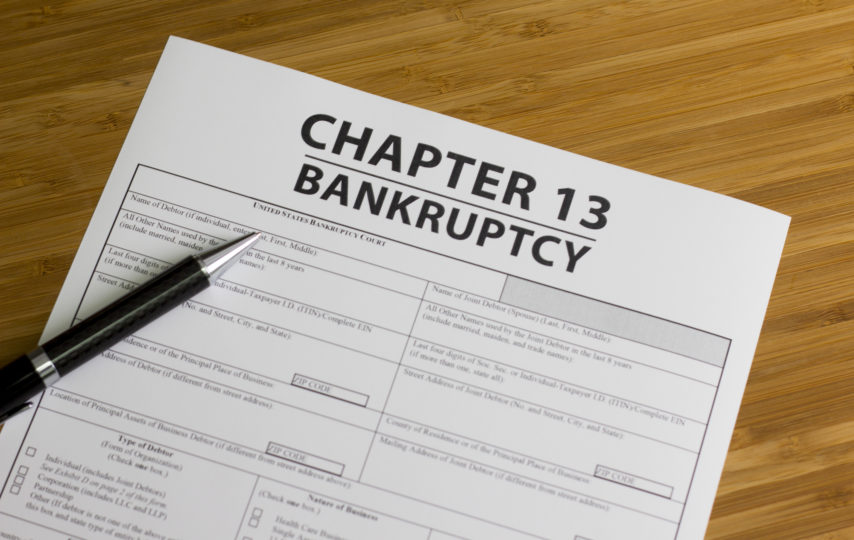When you’re struggling with debt, sometimes bankruptcy can be the best option.
However, it’s easy to feel daunted by the prospect, as there are a few different types of bankruptcy to think about — which option is appropriate for you?
Keep reading our guide to find out the difference between the main bankruptcy options so that you can be better informed when making important decisions.
What Are the Different Types of Bankruptcy?
In simple terms, bankruptcy is a form of insolvency. If a person or business is unable to pay their debts, bankruptcy gives them the freedom from their debts, while ensuring that creditors have the opportunity to be repaid.
Broadly speaking, we can divide most kinds of bankruptcy into either personal bankruptcy or business bankruptcy, which we’ll do below.
Personal Bankruptcy
As the name suggests, personal bankruptcy occurs when an individual is declaring bankruptcy — though married couples can also declare personal bankruptcy.
The most common types of personal bankruptcy are Chapter 7 and Chapter 13 bankruptcy.
Chapter 7
When struggling with medical bills, credit card debt, or similar, Chapter 7 bankruptcy can be the best option.
For eligibility, you need to show the court that your regular income is not enough to pay even a fraction of your debts. The law requires that non-exempt property can be sold to pay creditors, giving you a ‘fresh start’.
Chapter 13
The second option for individuals is Chapter 13 bankruptcy.
There’s a repayment period of three to five years, during which some creditors will get paid back entirely — and with interest — while others are repaid a portion of the debt.
Your home won’t be at risk of foreclosure during Chapter 13 bankruptcy, but to be eligible you’ll need regular income while meeting debt thresholds too.
Business Bankruptcy
Chapter 7 bankruptcy can actually be declared by businesses as well as individuals. However, there are some other types of bankruptcy that are for businesses, or municipalities only — it’s best to talk it through with a bankruptcy lawyer.
Chapter 9
If a municipality needs to reorganize its debt, Chapter 9 may be the way to go. You’ll have the chance to restructure the debt and create a new plan, without having to sell any assets.
Chapter 11
This type of bankruptcy can be declared by individuals too, but that’s not as common.
Chapter 11 bankruptcy, or reorganization, gives you the chance to restructure your debts a little like Chapter 9. When a corporation files, the personal assets of shareholders aren’t at risk, as the business gets treated as a separate entity.
However, when sole traders file for Chapter 11 bankruptcy, the owner and debtor are the same person, so personal assets can be at risk. It can get pretty complicated, and expensive too, which is worth bearing in mind before you make any decisions — it might make sense to contact Meredith Law Firm for assistance.
Chapter 12
Chapter 12 is similar to Chapter 13 and allows farmers and fisherman to reorganize their debts — providing they have a regular income.
It’s more straightforward than Chapter 11 bankruptcy too, and it involves repayment over a period of three or five years. Once the debtor manages to fulfill all payments, the debt gets discharged.
Which Is Best?
There’s no simple answer when it comes to choosing between the different types of bankruptcy, but with our guide, you should have a better idea as to which is right for you.
If you’re after more financial advice, be sure to check out the rest of our posts.













